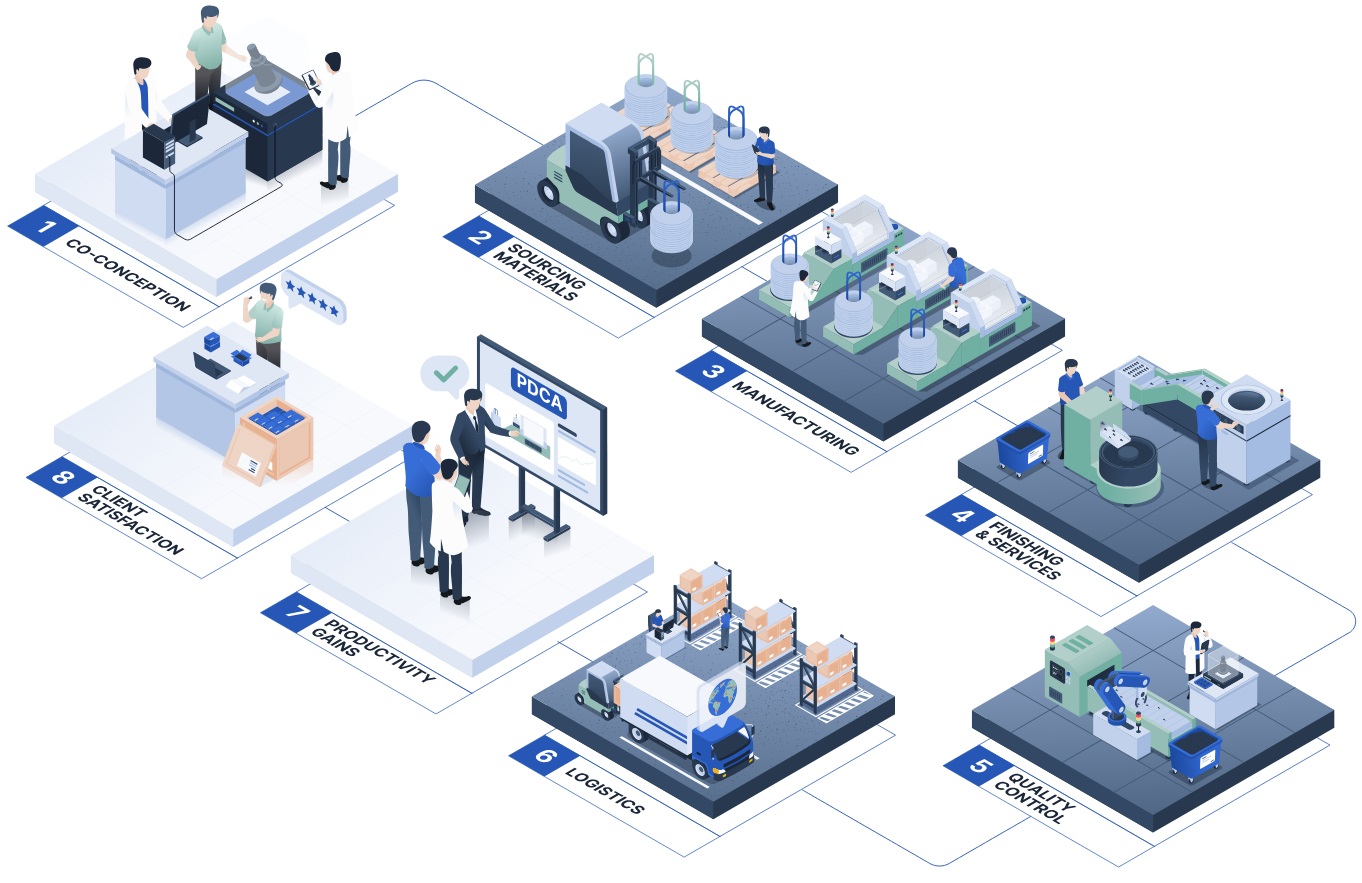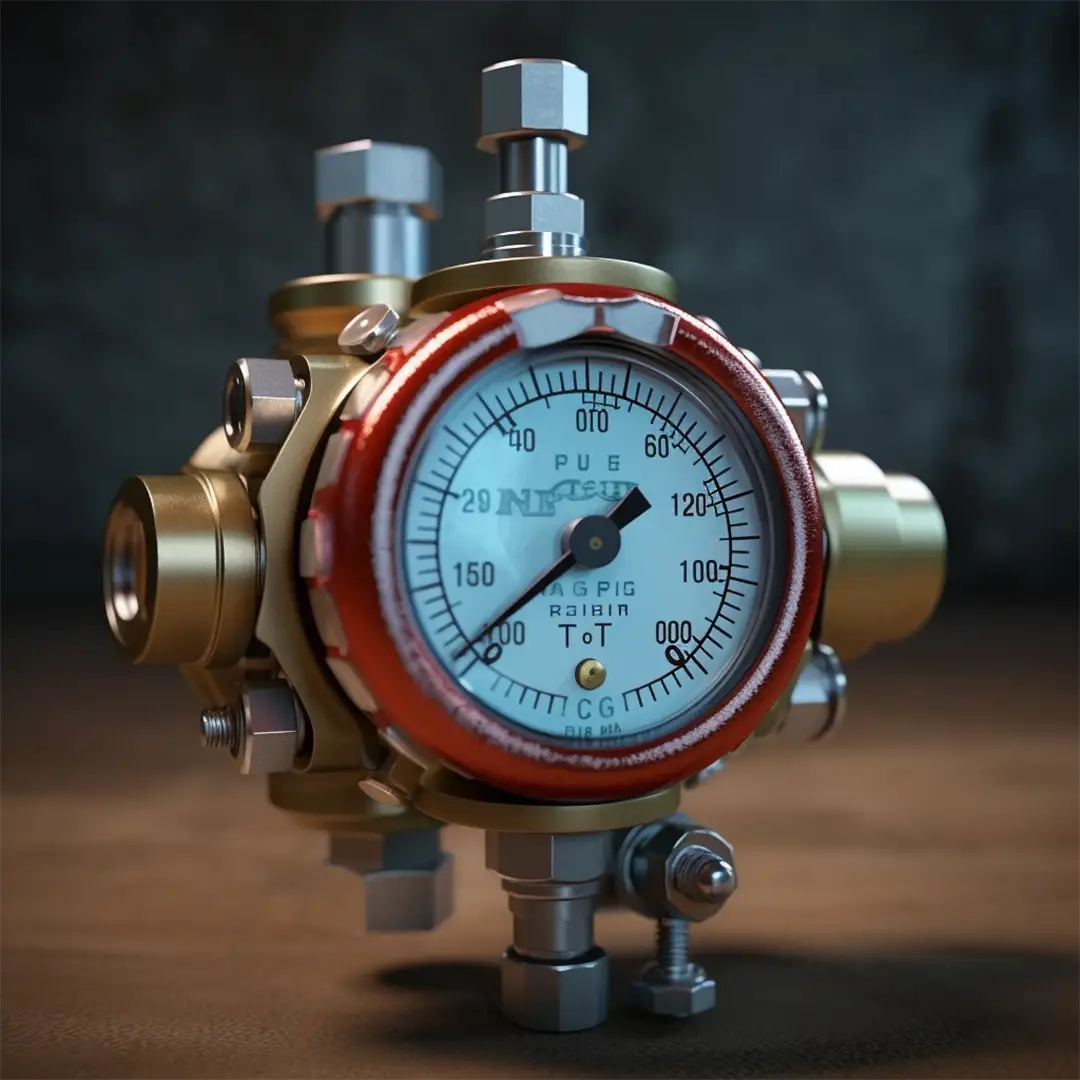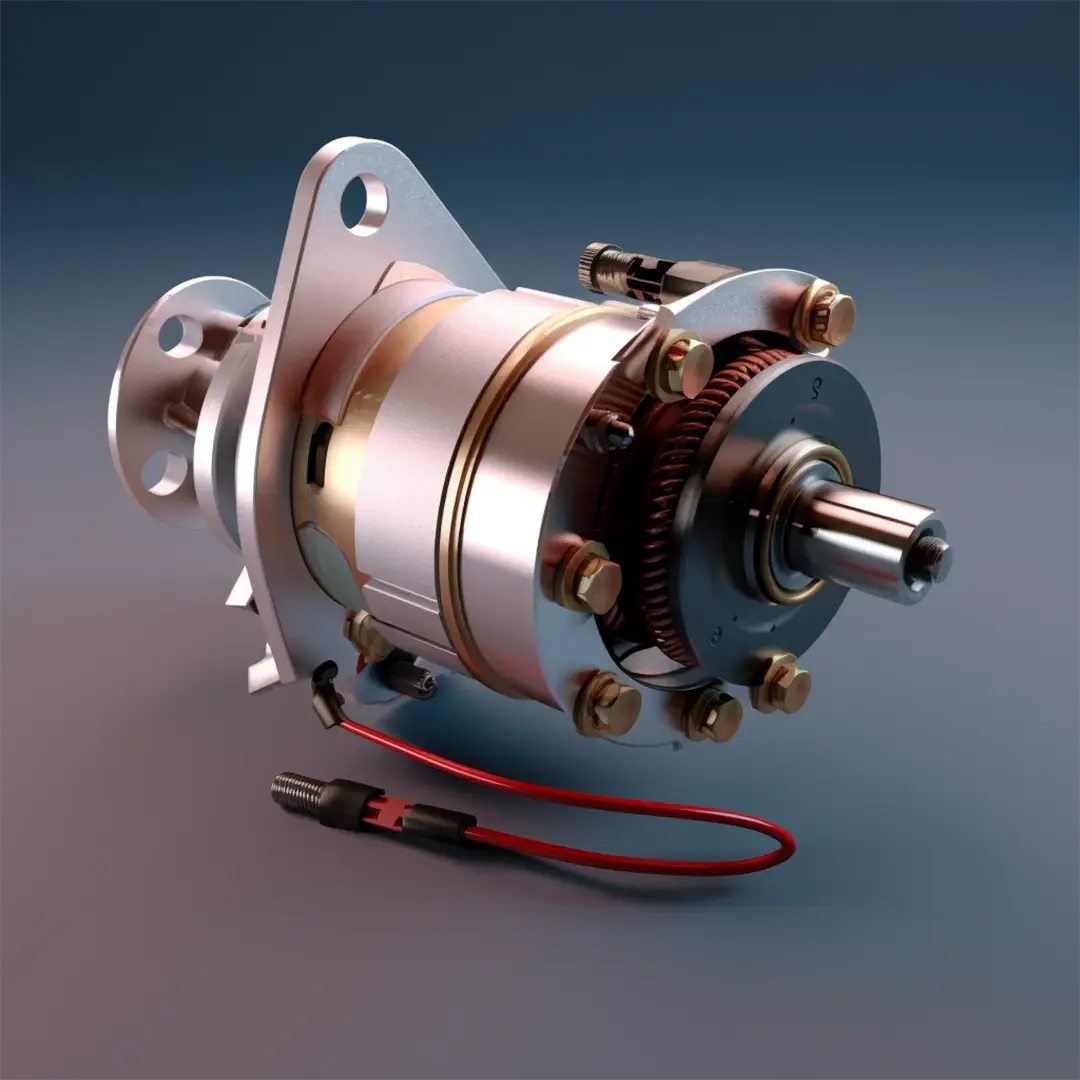2, rue de la Ternière
Avrille Cedex FRANCE
Pins are cylindrical parts used to assemble and position two or more parts together temporarily or permanently.
We manufacture solid pins and fluted pins that are part of the spring pin family.
- In particular, the fluted pin makes it possible to meet mechanical shear stresses greater than standard elastic pins.
- For its part, the solid pin will be used in applications where adjustment tolerance is required to obtain a good hold.
- As it is more precise during machining, it is more expensive to implement it.
Our teams will assist you in determining the optimal choice between an elastic and fluted pin and a solid precision pin.
Pin - cylindrical pin - fluted pin





Pin - cylindrical pin - fluted pin







- Feasibility control using the FMEA tool, which is used to analyze failure modes, their effects and their criticality.

- Manufacture of initial samples in medium series, and validation of production with PPAP according to the IATF 16949 standard.

- Development of detailed production processes according to the APQP quality process

- Collection and analysis of production data to identify trends and variations. 3PPM in 2023.
The advantages of LGC Industries manufacturing


.png)

.png)


- 24 Multi-spindle lathes
- 45 Spins Escomatic
- 42 Fluting machines
- 8 Plunge and thread grinding machines
Learn more about the technical characteristics of our products
Discover other products
LGC: the fluted pin, pin manufacturer since 1934
Reminder of the basic functioning of a pin:
The cylinder pin is intended to be used in response to relatively low shear forces.
You use a pin when you want to:
- Immobilizing one part in relation to another: solidation
- Positioning one part in relation to another: positioning
- Serve as an axis within an assembly: rotation
- Serve as a safety part in an assembly
How do you make pins?
There are various methods and several high-performance machines for the manufacture of a pin. In this section, we'll discuss LGC's own pin design process.
First, a machine dedicated to pin manufacturing is responsible for shaping the pin. This is done from an iron bar, in the material determined according to your needs (stainless steel pin, brass, steel, aluminum, etc.).
The steps of manufacturing a pin
- The material enters the machine (in the form of a bar, stretched)
- The machine cuts the bar to the desired dimensions
- The part is cleaned and oiled to facilitate friction between the part and the machine.
Depending on the type of pin required, it is possible to add chamfers or other specificities using other specialized machining and decolleting.
And depending on its application, the pin can also be subjected to surface treatments if desired.
The rest of the manufacturing process will depend on the type of pin you have selected.
The different types of pins manufactured at LGC
At LGC, we design several types of pins, some of which are the main ones:
- The cylindrical pin: requires a good mounting tolerance.
- The conical pin: allows assembly without great precision of the diameter.
- The fluted pin: its splines deform elastically and ensure an adherent assembly without play.
- The elastic pin, also called “mechanindus pin”: split longitudinally.
- The threaded pin: facilitates dismantling in blind holes.
Cylindrical pin
Smooth cylinder pins are cylindrical fasteners that look like a smooth rod, without grooves or threads. The design of its pins allows them to be machined with chamfered, curved ends according to your specific needs and your application.
The choice of material, tolerance and dimensions is left to the customer during the co-design phase, in order to perfectly meet their requirements.
Plain pins are particularly appreciated for their ability to hold mechanical parts together quickly and reliably. These pins are frequently used in applications requiring regular assembly and disassembly, such as industrial machines, laboratory equipment or even in the automotive field.
Rectified pins are cylindrical fasteners that are manufactured with extreme precision to ensure a perfect fit between the pin and the mounting hole. Their manufacture reaches levels of precision to the nearest micron and offers exceptional surface quality.
This pin is widely used in applications where fixing accuracy is paramount, such as machine tools, measuring equipment, and medical instruments.
Their difference from plain pins is their tolerance on the outer diameter, which makes them even more distinctive.
Fluted pins are cylindrical fasteners that have a series of longitudinal splines that cause the pin to bend and compress. Usually, we find 3 splines at an angle of 120°.
Unlike a ground pin, the splined pin does not require a specific adjustment tolerance because the elasticity of the splines adapts to the diameter of the hole in which it is inserted. A bulge diameter that is slightly larger than the nominal diameter guarantees a perfect fit and therefore an excellent fit.
When the pin is pressed into the assembly hole, the splines partially reseal elastically under pressure, thus ensuring a perfect fit between the shaft and the assembly material. This powerful elastic tightening guarantees a very secure hold of the pin, even in the presence of violent vibrations.
The splined pin is often used in applications where high holding force is required, such as in the powertrain of automotive applications.
Would you like to learn more about the fluted pin?
Go to our dedicated article: Everything you need to know about the fluted pin
Pins with a specific bar turning are cylindrical fasteners that have been meticulously machined to adapt to the individual needs of our customers.
Through bar turning and machining operations, we can customize the geometric characteristics of pins, such as flat grooves, carriage, threads, branches and milling, in order to meet the specific requirements of each customer.
Some pins, depending on their turning, can also be overmolded in injected plastic for particular applications.
However, the majority of our customers' applications are made from high quality metal alloys.
What are the equivalences of pin standards?
The standards, whether German (DIN) or international (ISO), define the criteria relating to the materials, dimensions and mechanical properties of our pins, thus ensuring their safety and reliability.
Here are the equivalences between the din and iso standards for the pins we can design:
- din 1, din 1b or iso 2339: conical pin
- din 1470 or iso 8739: fluted pin
- din 1471 or iso 8744: fluted pin
- din 1472 or iso 8745: fluted pin
- din 1473 iso 8740: fluted pin
- din 1474 or iso 8741: fluted pin
- din 1475 or iso 8742: fluted pin
- din 1481 or iso 8752: Mecanindus pin, elastic pin
- din 6325 or iso 8734: rectified cylindrical pin
- din 7 or iso 2338: cylindrical pin
- din 7977 or iso 8737: conical pin with threaded stud
- din 7978 or iso 8736: tapered conical pin
- din 7979, din 7979d or iso 8735: threaded pin
- din 94 or iso 1234: split pin






















